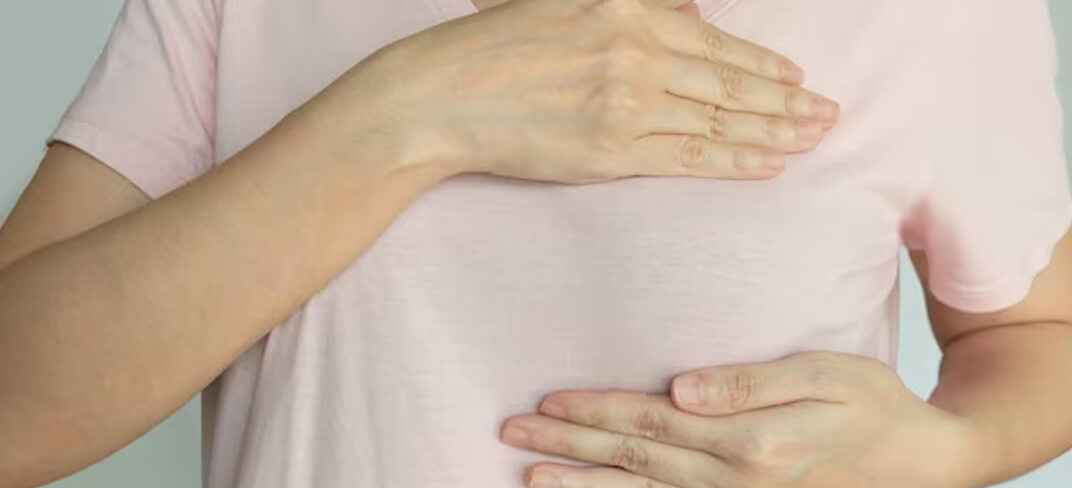
Breast Pain: Causes and Treatment
30 June 2023
Ever wondered about the reasons behind breast pain? It can affect either one or both breasts, manifesting as a slow, dull ache or a sharp, stabbing pain. Breast pain can be classified into two types: cyclic pain, associated with the menstrual cycle (known as "mastalgia"), and non-cyclic pain.
Causes and Treatment
Various factors can contribute to breast pain, including hormonal changes, infections, inadequate bras, injuries, and even caffeine consumption. Let's delve deeper into each type of pain:
Cyclic Pain (Mastalgia)
In this case, breasts may feel swollen, heavy, and tender to the touch in the days leading up to menstruation. The pain typically subsides once menstruation begins. It is often a widespread, dull pain affecting both breasts and can be attributed to hormonal fluctuations. For most women, this pain ceases with menopause.
Non-cyclic Pain
Breast pain unrelated to the menstrual cycle has distinct causes and typically affects only one breast. It may present as a burning or piercing sensation.
Non-cyclic breast pain can be caused by several factors, such as:
- Breast abscess: An infection inside the breast.
- Ill-fitting bra: Especially if you have heavy breasts, an unsupported or poorly fitting bra can trigger pain and discomfort.
- Caffeine: Although caffeine itself is not directly harmful to the breasts, reducing its consumption may alleviate breast pain.
- Injury: Any trauma to the delicate breast tissue or surrounding areas can result in breast pain.
- Mastitis: An infection of the breast, commonly caused by a clogged milk duct in nursing mothers.
- Previous breast surgery: Some women who have undergone breast surgery may experience persistent pain for months or even years.
- Pregnancy: Breast pain (usually in both breasts) can be an early sign of pregnancy.
- Side effects of certain medications, such as the contraceptive pill or antidepressants.
When Should I See a Doctor for Breast Pain?
While most breast pain is not serious, there are certain signs that require medical attention. Specifically, if you notice a lump that does not subside at the end of your menstrual cycle or if it appears alongside pain, your doctor may recommend further tests to investigate or rule out a tumor. These tests may include:
- Mammography: A specialized X-ray of the breast.
- Breast ultrasound: This examination utilizes sound waves to create an image of any lumps.
- Breast biopsy: In this outpatient procedure, a tissue sample is surgically taken from the breast. It is then examined under a microscope by lab professionals to determine if it is normal.
Other signs that warrant a visit to the doctor include:
- Nipple discharge, whether bloody or clear.
- Signs of pregnancy.
- Redness or swelling in the painful area, which may indicate an infection.
- Persistent pain that persists for more than two weeks.
- Redness of the breast skin resembling a rash, accompanied by enlarged pores and thickened skin. This could be a sign of inflammatory-type breast cancer.
- Pain that continues to worsen despite taking over-the-counter pain relievers.
Take charge of your well-being and unravel the mystery behind breast pain. If you have any concerns, questions, or need to schedule examinations or specialist visits, our team of experts is here to assist you.
Find out more about our initiative, “Summer in pink”.